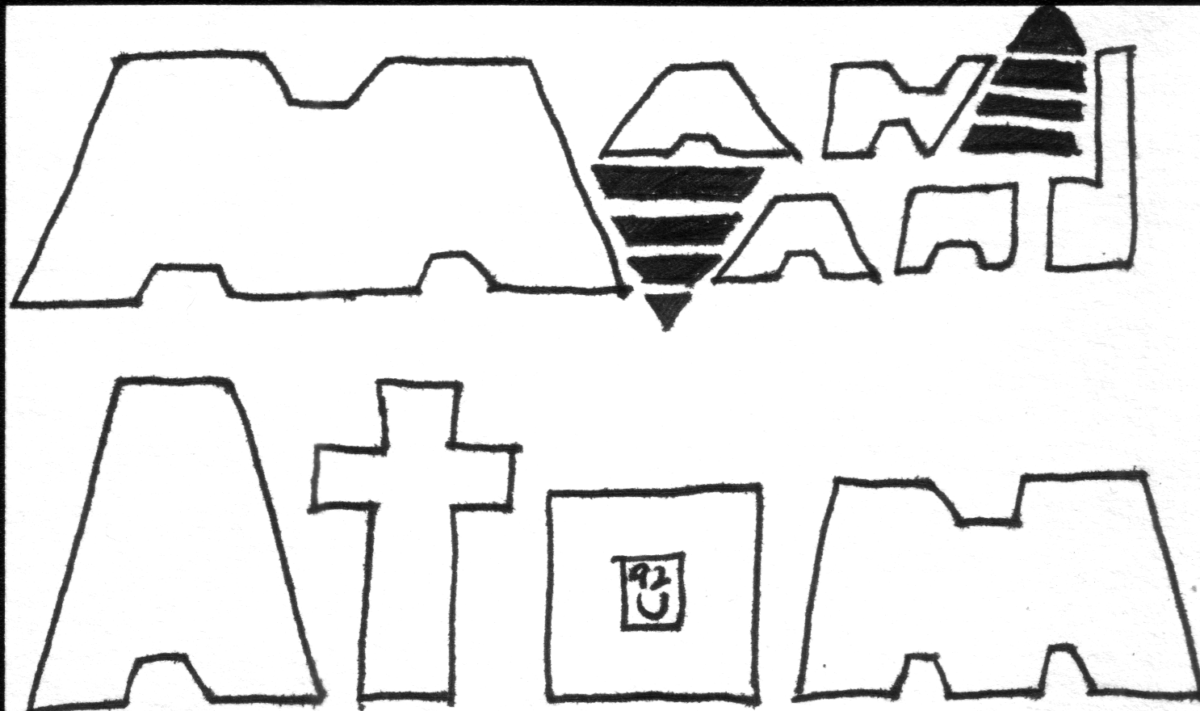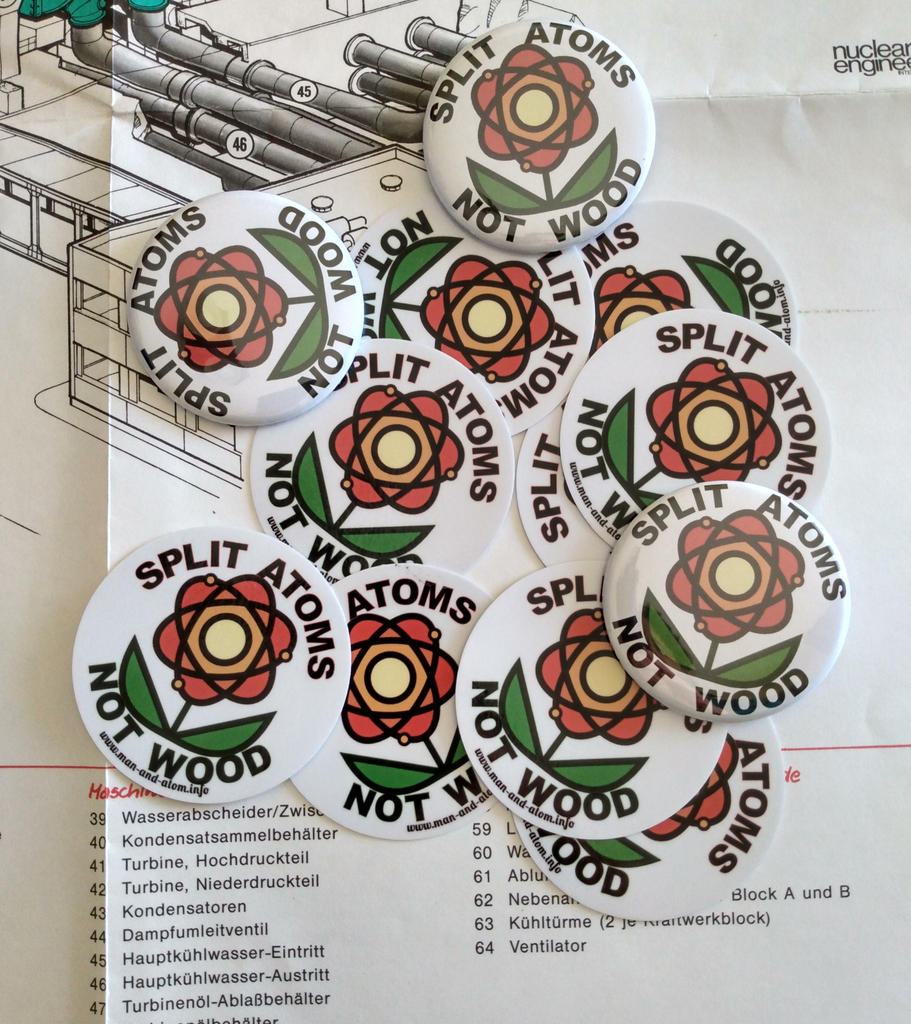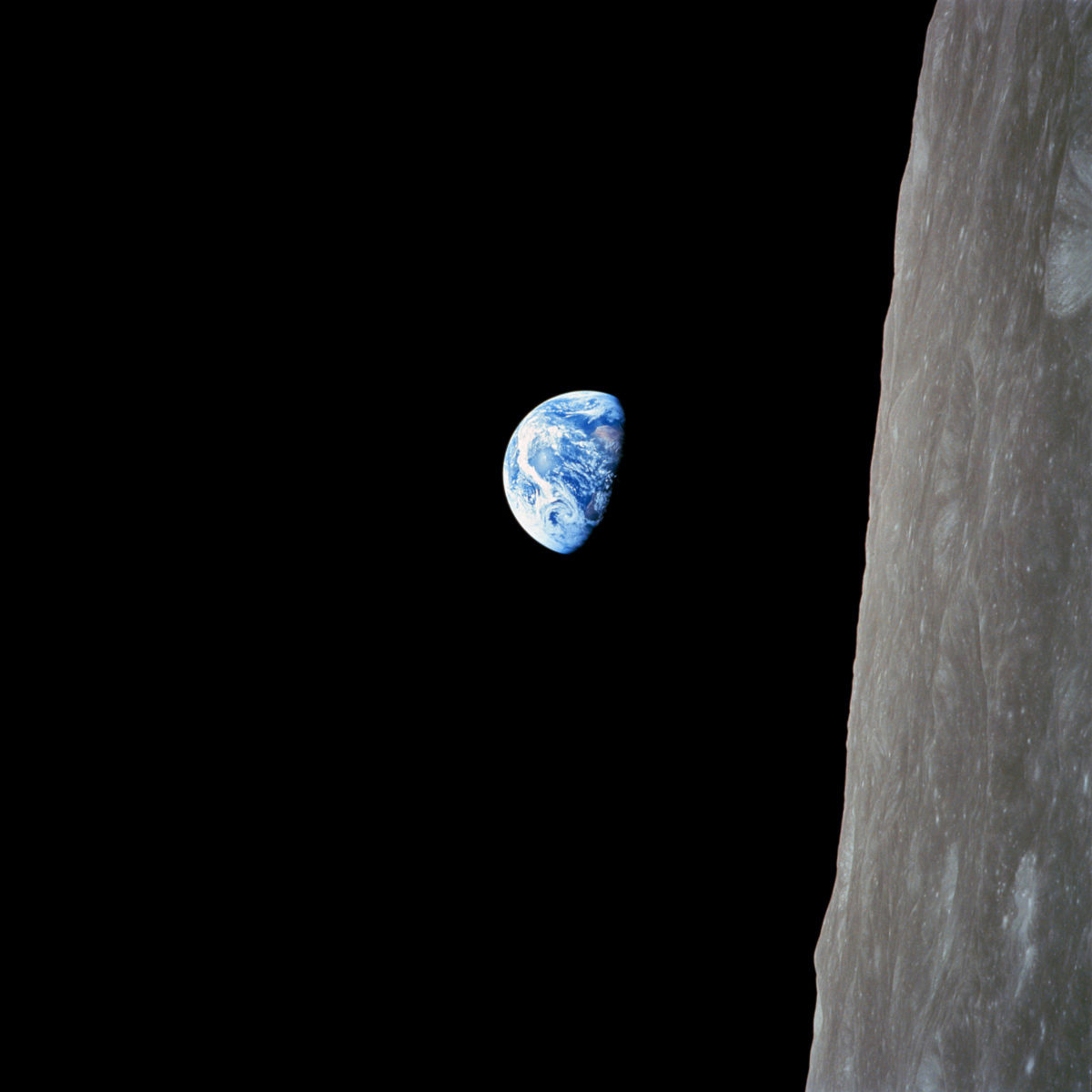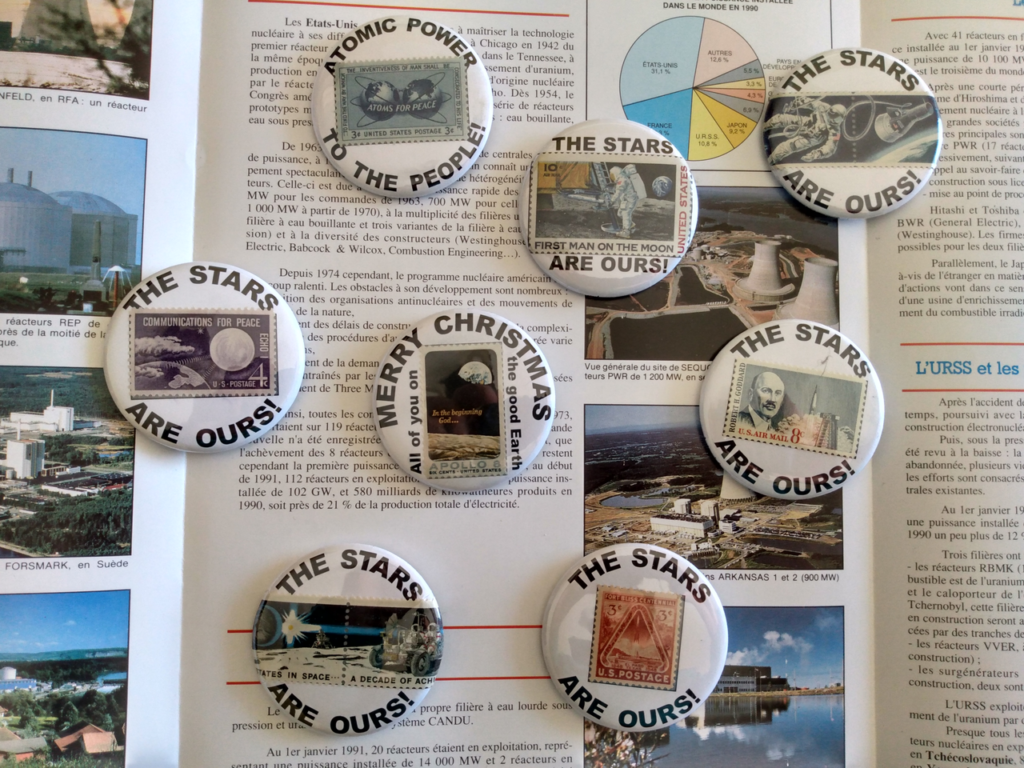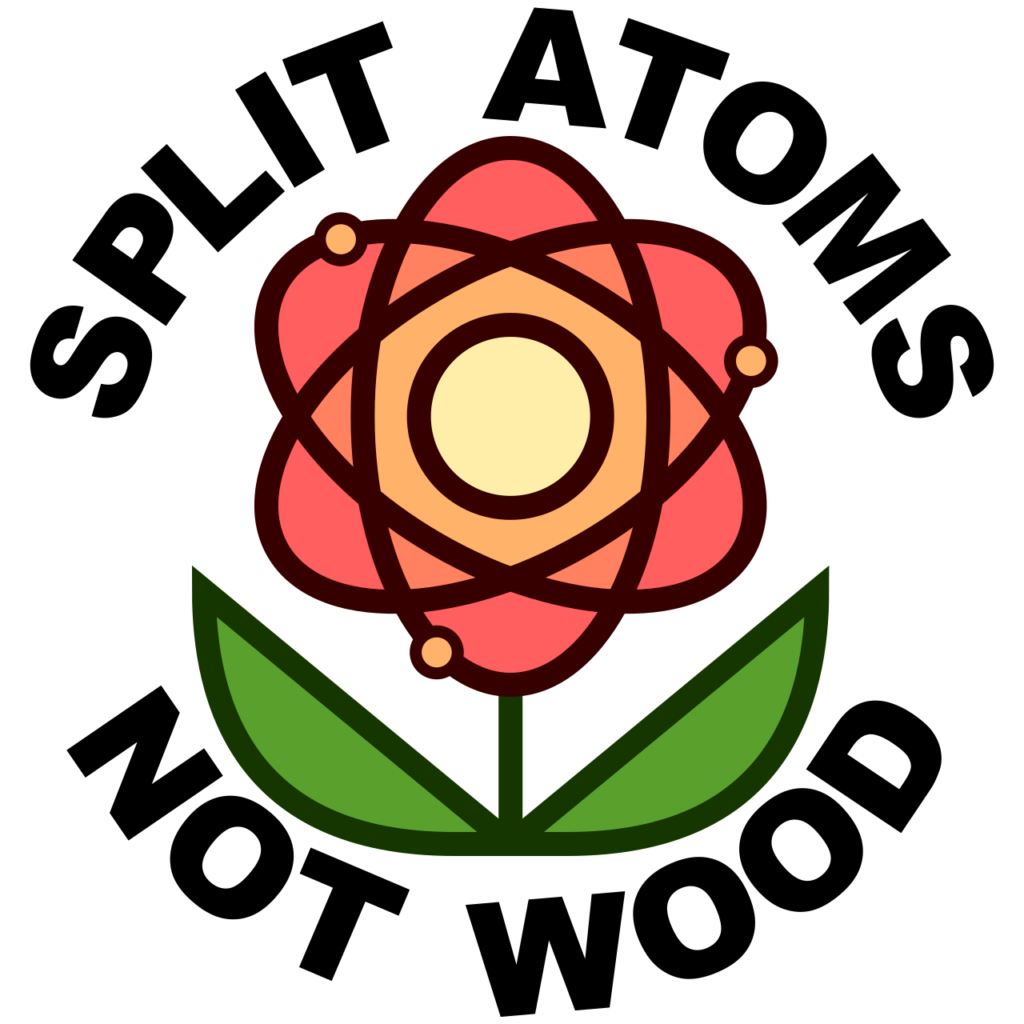Starting off (well, following some technical trouble) with the audio from my contribution to a video–conference event, last month, commemorating the 50th anniversary of Apollo 17, I proceed to try to generate some hope for the future and forward momentum for the year by discussing the lunar settlement as I envision it developing into Luna City. More of that anon. Also I issue a clarion call for the return of the NS Savannah to service with a modern nuclear powerplant, to serve as a traveling exhibition of civil atomic energy, and a pathfinder for future nuclear merchant vessels in a world eager for decarbonized transportation. You too can read the Draft Agreement between the Department of Transportation and Nuclear Regulatory Commission, and e–mail your comment to Senior Technical Advisor Erhard Koehler by the end of January.
Supplementary Shows
- 2023–01–10 More from Man and the Moon : Development of a Lunar Base by GEV Awdry (reprinted from the Journal of the British Interplanetary Society), and the first part of Richardson’s essay Imaginary Voyages to the Moon.
- 2023–01–13 Technical troubles at the start again. Then the completion of the Richardson piece, including a synopsis of the movie Frau im Mond and some reminiscences of the production of Destination Moon ; more of the “blurbs” introducing the various excerpts and articles ; and The Formation of the Craters by Richardson, originally published in The Exploration of Mars.
